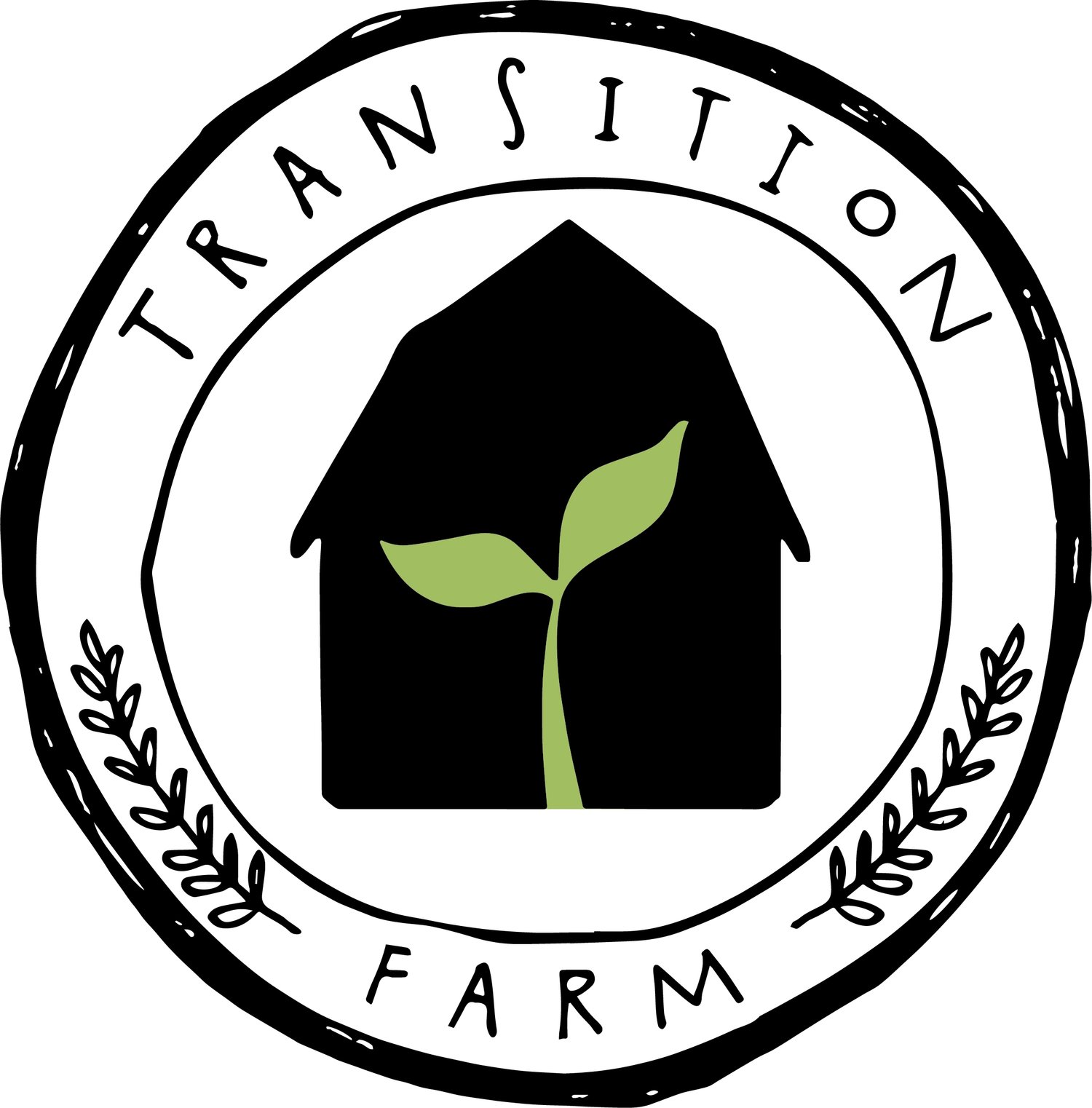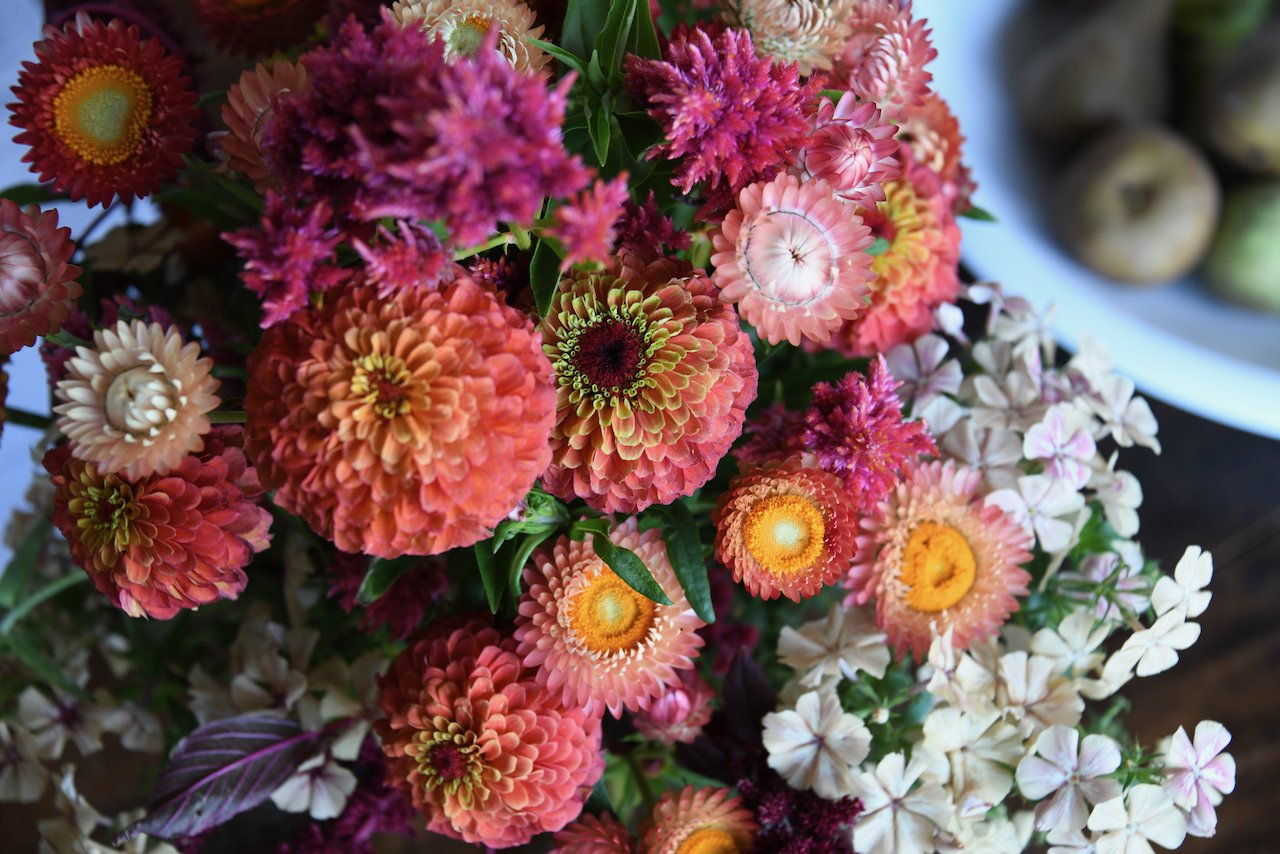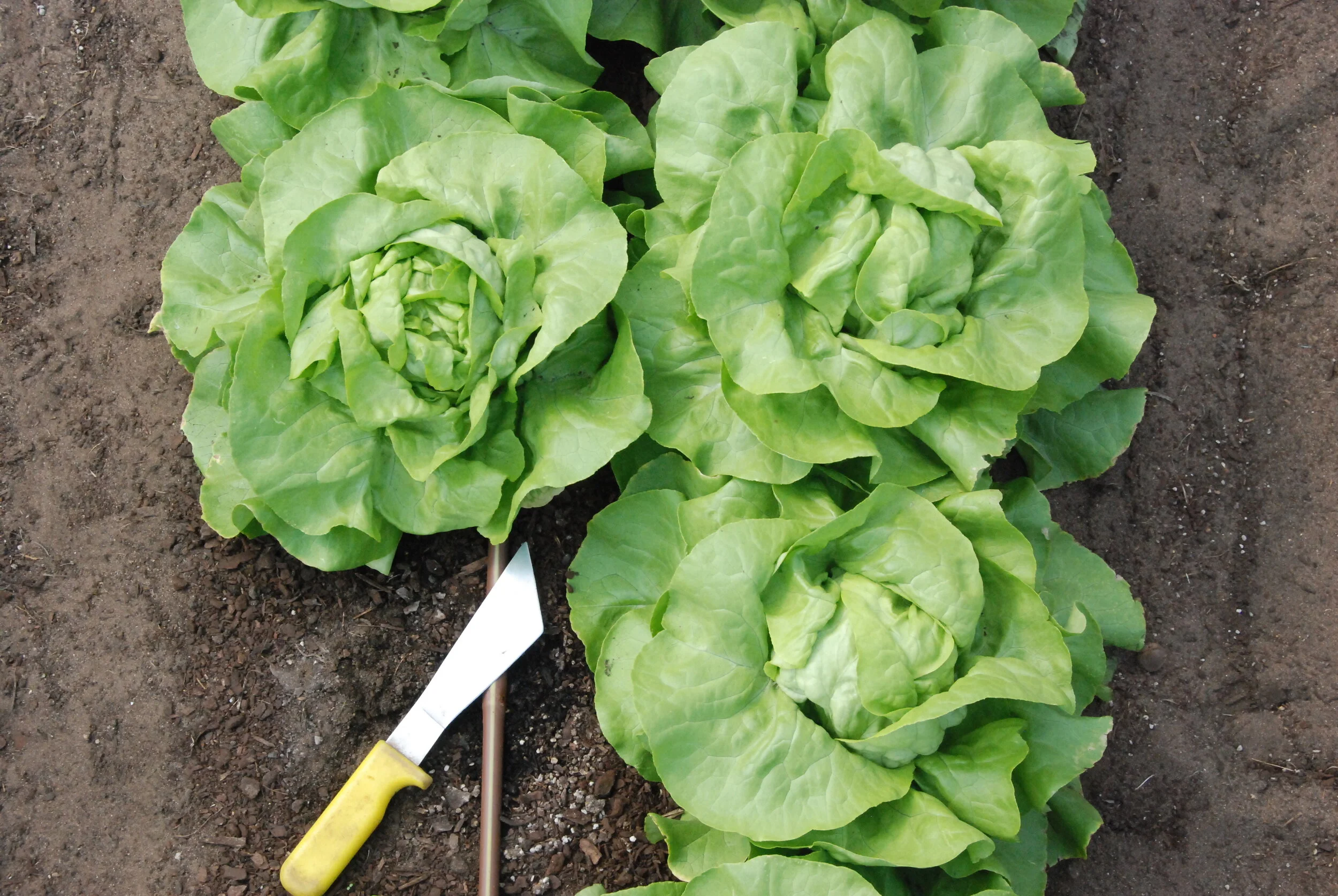About Our Biodynamic Notes
/As a gardener and a farmer, I have found that using a tool like Brian Keats’ Antipodean Astro Calendar, a calendar which illustrates the rhythms of the sun, moon and planets, has helped me to become more aware and sensitive to these rhythms and how we can work our farm practices into them. There are many aspects to the Astro-Calendar, which for someone new to Biodynamics may seem daunting and confusing. I try to remember that just like any activity which includes working within a natural system, "common sense must prevail" (Brian Keats). If it is a moist, overcast afternoon, transplant. I have approached biodynamics as the process of tuning myself into rhythms that I may not have before identified. Each time I internalise one aspect of this science, I leave room to understand and internalise another aspect and thus begin to see a dance occurring between the various aspects. I do not use the calendar as a set "rule" as to what I "must" do. Rather I use it as a reference to help me to perceive the nuances of the natural system with which I am honoured to be working.
From many perspectives, biodynamic practices make sense to me as a farmer. If the soil has no life, how can the food? For our own house garden, and for our CSA, high quality food, full of nutritional value and taste, organically and sustainably grown is of paramount importance to us. The Andean people believe that each of us contains all that the universe contains - little mini cosmoses. I too believe that the interconnectedness of life is incredible and boundless. So the idea that a small tiny seed, which contains all the potential to grow, prosper, produce fruit, full of life energy, that will feed me, is a fact in my world. My role is that of a conductor...just tuning in to the right opportunity for each piece of the orchestra to join in.
I share what I have learned about biodynamics in the spirit of having a conversation. What I have learned thus far has made the experience of the natural world richer for me, provided us with incredible food and flowers and showed me that I have so much more to learn. I am in no ways an expert nor do I have formal biodynamic training. I share the resources that have been useful to my learning and personal trial and error.
Brian Keats states, “We can of course, just use calendars for practical purposes, like growing plants, pruning roses and managing stock. In doing these activities, it helps to be in touch with their innate rhythms and in a quest to do so, you are invariably brought into contact with the source of these rhythms - the planets and the stars.
Maria Thun's work in Biodynamics sought to prove that the life-processes on earth are influenced by the rhythms of the planets. 'Plants are able to make visible the impulses and influences which emanate from the planets, sun and moon in their shape and structure. Protein-, fat-, carbohydrate- and salt- content are also affected." (Gardening for Life,11) The constellations of the zodiac are of great importance for plant growth. They work through sun, moon and the planets, which in turn pass on their own properties to the plant through the classical elements of warmth/fire, light/air, water and earth. The sowing time, when the seed enters the earth, exerts the strongest influence.
Warmth signs are favourable for fruit plants. These include all plants whose seed fruit we harvest: beans, peas, grains, cucumbers, squashes, lentils, corn, capsicums, rice, soya, tomatoes, zucchini, strawberries and fruit trees.
Earth signs are favourable for root plants. These included all plants whose roots we harvest: carrots, parsnips, radishes, beetroot, celeriac, swedes, potatoes, onions and garlic.
Water signs are favourable for leaf plants. These include all the plants whose leaves we harvest: cabbages, cauliflower, parsley, coriander, lettuce, spinach, bok choy, silver beet, asparagus and fennel.
Air signs are favourable for flower plants. These include all the plants which are grown for their flowers, and where we want a long flowering time: garden flowers, medicinal and preparation flowers, bulbs and broccoli.
Within the biodynamic community, there are many research-based interpretations to the above-mentioned work.
In the weekly biodynamic notes I will refer to the moon being in an earth, water, air or fire (warmth) constellation. I will also refer to the waxing (new moon to full moon) and waning (full moon to new moon) cycles of the moon as well as the when the moon is ascending (when the moon is getting higher in the sky) and descending (when the moon is getting lower in the sky).
Another important note about the Biodynamic Notes posted on this site...They are all based in the Southern Hemisphere and the times mentioned are for Victoria, Australia.
Biodynamic Notes
With the full moon on Monday the 12th, we have entered the waning moon, the time between full moon and new moon. Root qualities are emphasized during the waning moon. The moon is still descending - the earth continues its inhale, drawing forces back down below the soil surface. This is the time for applying horn manure preparation 500, making and spreading compost, transplanting seedlings and trees, taking and planting cuttings, cultivating the soil.
Keeping in mind the moon phases, spring seeds that can be sown in the coming weeks include broad beans, beet root, broccoli, cabbage, cauliflower, carrot, kohlrabi, leeks, onions, parsley, parsnips, peas, radishes, silver beet, swede and turnips. Under protection, sow seeds of celery, cucumber, pumpkin, winter squash, sweet corn, tomatoes, basil and capsicum.
Seedlings of brassicas, lettuce, spinach, parsley, coriander, onions, beet root, chinese greens and leeks can be planted out now.
Tuesday, Wednesday and Thursday until 19:04 the moon is in a water sign. It then moves into a fire sign until Sunday at 07:52. The moon is in an earth sign Sunday, Monday and Tuesday until 19:08. On Tuesday the 20th the moon also begins its ascension.
Spring is a great time to apply horn manure preparation 500. 500 builds soil structure and humus, attracts soil life, earthworms, azotobacteria, bacteria, fungi and increases water-holding capacity. 500 or the combined soil preparation is best applied in an earth sign, during the descending moon, after 3pm when the earth is breathing in.
As I said above, if this is all new, start with just one aspect, something you can perceive like the waxing and waning of the moon. And make a point to look for the moon each day and/or night, observing and noticing its rhythm and changes.
Keep notes...I know that every gardening book says that but I have to tell you, it is really helpful from year to year. And remember, it is not meant to be a hard fast "rule" or "formula". Your gardening experience is your own garden mythology in the writing. What works for you may not work for the friend down the road and visa versa. That is what makes gardening so personal and so enjoyable. And because we are all working with nature and it is always changing, our garden is never DONE until we pass on.
-Biodynamic Notes are compiled using Brian Keats Antipodean Astro Calendar; Maria Thun's Gardening for Life; Biodynamic Agriculture Australia's Biodynamic Resource Manual; Peter Cundall's The Practical Australian Gardener; and the experiences and farm practices on Transition Farm
For more information about the Antipodean Astro Calendar, Biodynamic Planting and research and more visit Brian Keats' website at http://astro-calendar.com/index.htm
For more information about Biodynamics and to purchase biodynamic preparations, I know of three organisations in Australia:
Demeter Biodynamics at http://www.demeter.org.au/index.htm
Biodynamic Agriculture Australia at http://www.biodynamics.net.au
Australia Biodynamic- Victoria Inc. at http://www.biodynamicsvictoria.org/













